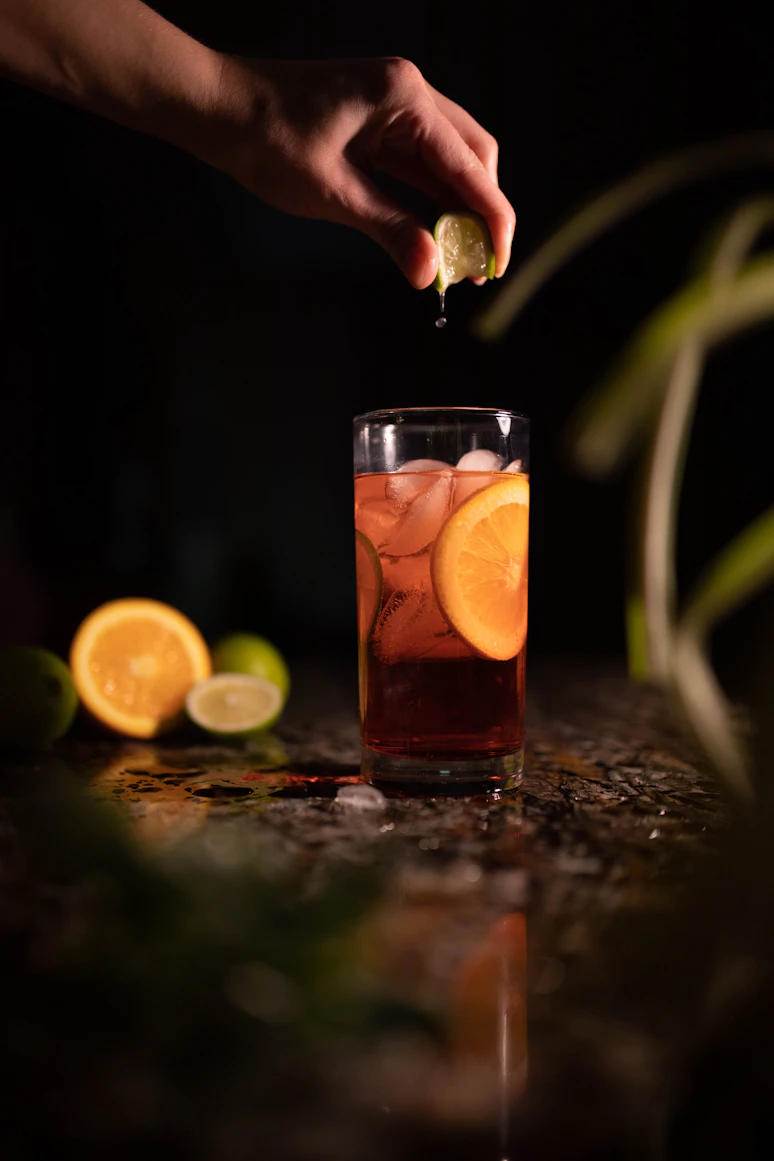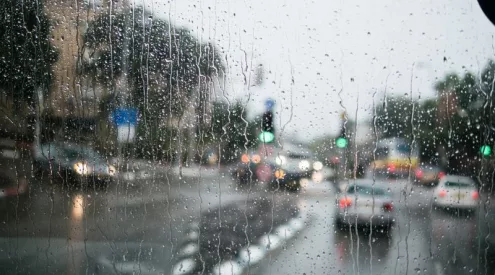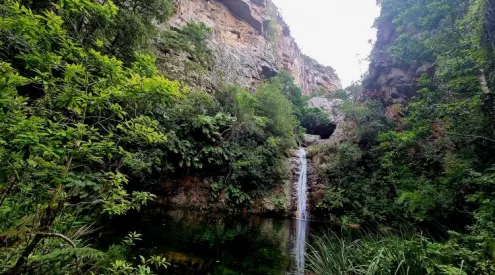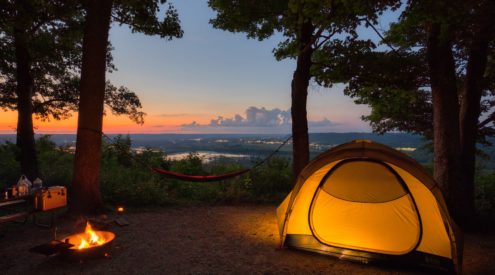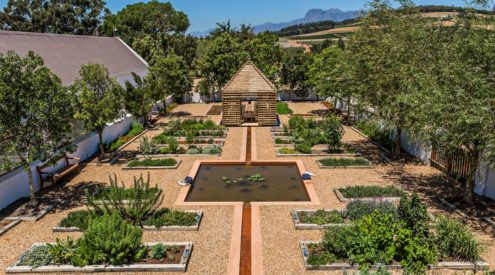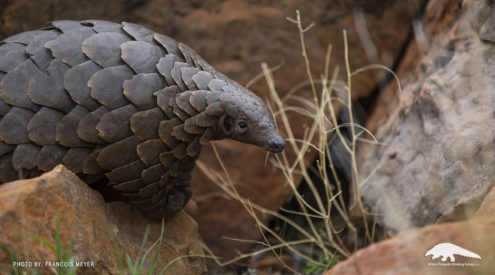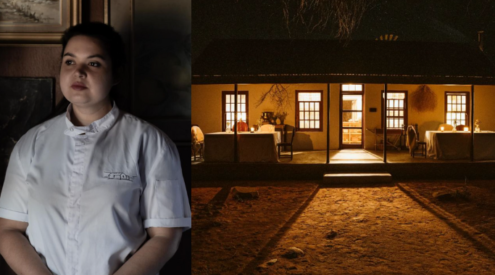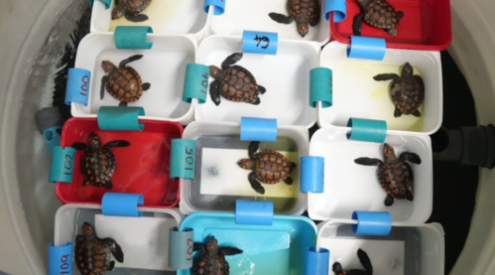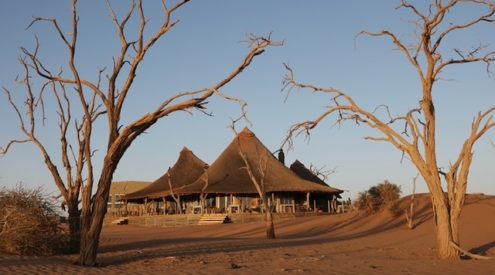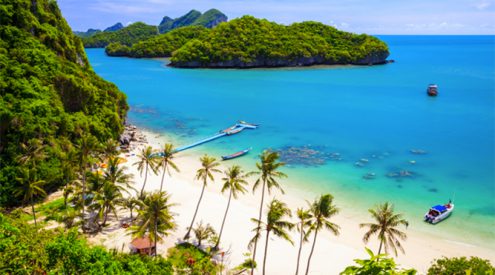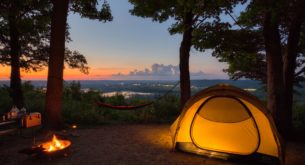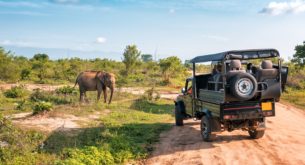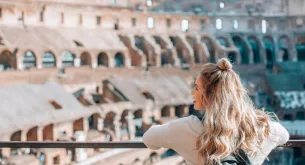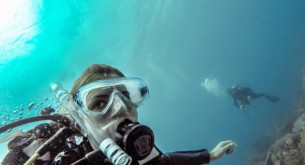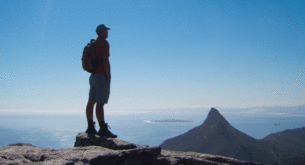I was aware of Burundi’s recent troubled past when I decided to travel there, so checked the advice of the British foreign office. I was planning on travelling from Bujumbura to the Bururi area, stopping at Ruvubu National Park. Now these statements always make a place sound worse than it is, but even I was slightly perturbed by the amount of advice given which basically boiled down to avoid most of the country or face the possibility of being kidnapped or having grenades thrown at you. I tried to find someone who had ever visited the place to get some assurances; but failed. And so, on my arrival into Bujumbura I was somewhat on edge. Of course, I needn’t have worried.
I was collected by the manager of the Best Hotel, my base for the next couple of days. Bujumbura is a small city laying on a plain on the shores of Lake Tanganyika and in the shadow of towering mountains of the Paro de la Kibira. On a short drive I was taken to the Rusizi River Delta where hippos and crocodiles laze in the muddy water. To the north is the Reserve de la Rusizi, filled with palm trees, and bandits. Venturing into this area, close to the DRC border is only advised with military escorts, but at the eastern edge I saw a curious site. Over recent times this area of the park has become a national cemetery. Amongst the trees thousands of graves, individually marked, have been laid. The diverse coverings and head stones made for interesting viewing, although the arrival of thousands of people all of a sudden for a funeral felt very aggressive and my guide soon escorted me back to the city.
I was taken to the city museum, which is in fact a zoo, of the most horrendous state I could have imagined. Animals held in tiny, badly maintained cages included a leopard (whose tail tip was cut off yesterday by trapping it in a door), several birds, monitor lizards and crocodiles. The chimp had escaped its minute enclosure and was currently running amok in the bat filled trees. Museum visitors are invited to buy a guinea pig that they can throw (live) to the animals for breakfast. Just hideous! And then we came to the snake house. Oh my word! Within this ramshackle building in the most inappropriate housing imaginable, that look like the occupants could escape at any moment are a bewildering array of things that can kill you. Now, living in Zambia I am used to cobras, my ultimate nightmare. But the cobra in Burundi are huge! And when the staff battered the cage and jumped up and down in front of them the snakes performed as expected. The boomslangs and mambas and gaboon vipers were enough to make my skin crawl and I was glad to get out of this hell hole. I have advised the office of tourism to have this place shut down as quickly as possible and have these animals put into care of an NGO that can give them a more appropriate life.
The next day I drove north into the mountains. The drive affords spectacular views as you go higher and higher and seemingly never-endingly, higher. Near the border with Rwanda is the primeval forest of Rwegura; a dense jungle in which you expect to encounter Tarzan at any moment, but is apparently home to a large population of chimpanzees. The forest is largely impenetrable, but here on these high mountain slopes a small community ekes out an existence, apparently in the presence of thousands of snakes. This snake business came up many times during my stay in Burundi. Most places you visit you ask about them and are told there are not many, and you never see them. Here I was repeatedly told that they are everywhere, and many people are killed each year. Luckily, other than at the museum I did not encounter any although the sight of that huge cobra spitting at the museum staff will remain with me for a while.
I took lunch in a roadside bar in a small village. It was here that I encountered a variety of people all keen to try out their English on me. Driving east the scenery continued to amaze. On every hillside small farmsteads clung to even the steepest gradients, whist the valleys were cultivated in tightly packed fields. Everywhere, the Burundian people seemed busy although would stop and stare at the white face; I don’t believe they get many in these rural parts.
By the end of the day I had made it to Muyinga in the north east of the country and stayed in a typical mid-standard hotel. And by mid-standard I mean no running water (just a bucket in a room broadly designated as the bathroom), no hot water unless you feel like holding an electric cable into the bucket of water in the hope that it will heat up (which I didn’t) and a bed (comfortable enough) under a plastic sheet to try and keep the mosquitos off. Okay, so Burundi has not quite got the feel for the needs of international tourists yet, but it has big plans and when I was taken to a new lodge under construction I could see that the country is definitely heading in the right direction.
The next morning I drove to the edge of town to look into a vast fog-filled valley in which lay the Ruvubu National Park. As the sun rose the tips of hills became islands rising above the dense fog in such a magical way. The road to Ruvubu is hell on earth, and I can assure you that without a guide you will end up in another solar system before you know what happened, and the 20 or so kilometres will take well over an hour to cope with. Ruvubu is a long and thin park, only 10km wide in places, and at this time of year the rolling hills are covered with grass some two metres tall. Despite the local warden’s suggestions of going for a walk I know that the park is full of buffalo, and the thought of stumbling across one of them in the grass did not appeal. In fact my only sighting of wildlife here, that has been devastated in recent years was a distant sight of some waterbuck and a fleeting view of some baboons as they crossed a road. The grass dies back in May so there are better times to visit. But the park does still contain a large number of species and the government has plans to revitalise the area over coming years.
Whilst there are no lion left in Burundi, the kings of Burundi, prior to becoming a republic in 1966, were given a title of Ntare, Mwezi, Mutaga and Mwambutsa in rotation. Every fourth king had the title Ntare, meaning lion. The Kingdom of Burundi was founded during the middle of the seventeenth century by Ntare Rushatsi; meaning ‘hairy lion.’ The last king of Burundi was also a lion; Ntare V Charles Ndizeye who reigned from 1 September until 28 November 1966.
Driving south through more lush vegetation I arrived in Bururi. All around this area forests full of chimpanzees cling to the mountain sides, although I was not lucky enough to see any. I did however have the opportunity to drive one of the most spectacular roads on Earth. Bururi is at a height of 1900 metres whilst the lake below is at 700. The drive from the town to the lake takes you along winding roads through incredible mountain areas that are simply breathtaking. It’s the kind of road that the team of the BBCs Top Gear program should drive through.
Along the lake shore are various resort hotels interspersed with fishing villages. And I was brought safely back to Bujumbura for one final night.
Burundi may not have the best tourism facilities, the wildlife viewing or the chance to avoid being stared at where you go, but it has a very good road infrastructure, friendly people and a landscape that is enough to take your breath away. The country has big plans for the future, and with more and more airlines flying direct to the capital (including a new flight on SAA direct from Johannesburg) you will be visiting this small and fascinating country soon. But learn some French before you do!
For more information on visiting Burundi contact the national tourism office

